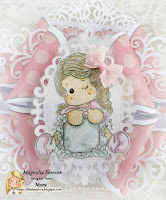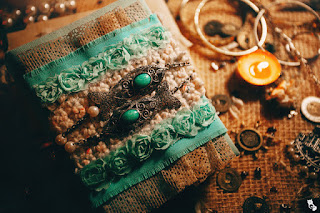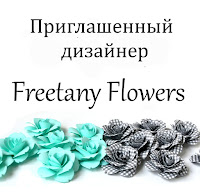Mini album "Falling Leaves"
Fils & Papiers
septiembre 17, 2018
18 Comments
Hello everyone!
Finally autumn is coming!
I love this season of the year!
Little by little, the wind and rain begin to arrive in the countryside.



The sunflowers are already mature and ready to be harvested.
The tomatoes are mature too and the blackberries and figs are ready to eat.
I'm so inspired and the leaves haven't started to fall yet ∩(︶▽︶)∩
I love this season of the year!
Little by little, the wind and rain begin to arrive in the countryside.



The sunflowers are already mature and ready to be harvested.
The tomatoes are mature too and the blackberries and figs are ready to eat.
I'm so inspired and the leaves haven't started to fall yet ∩(︶▽︶)∩

This time I want to show you this autumnal mini album
that I made with PhotoPlay paper collection "Falling Leaves".
I really like all of its autumnal collections but this one takes away the gold. Unfortunately it's an old collection and
I haven't found it again (つд`)
So, this is the cover and the back cover
First page: a little pocket
Second page: a flip frame



And here you can see this mini album totally finished
First page: a little pocket
Second page: a flip frame
Fourth page: cascade with a pocket
Fifth page: a pocket, and a twist & pop-up page
The last page: a shutter page


And here you can see this mini album totally finished
I hope you like it and thanks for watching ^_^
With this mini album I participate in to the following challenges:




















































































